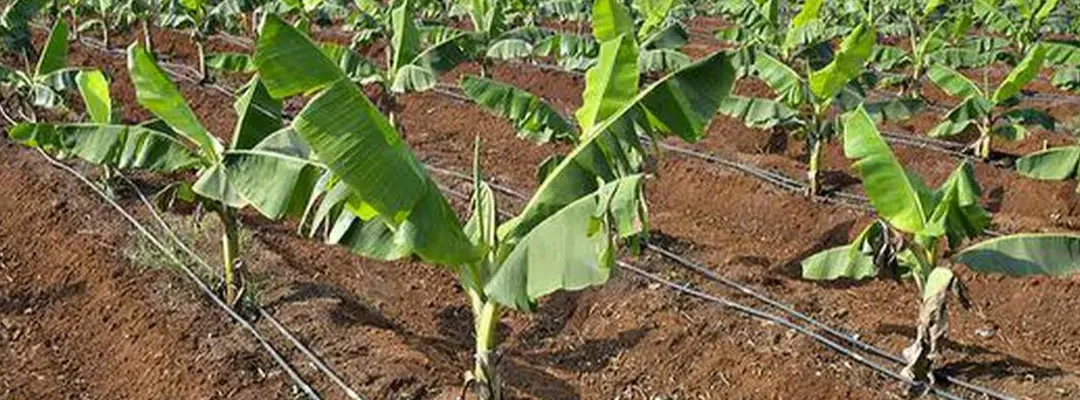It is no secret that India has been suffering from a drought for the last few years. The country’s water supply is dwindling at an alarming rate and farmers are struggling to keep their crops alive. It doesn’t help that many in rural areas have limited access to clean water. However, drip irrigation systems, combined with techniques like Sand filter agriculture, are helping save people and farming communities alike by providing a low-cost way of delivering water directly into the ground near plants’ roots, where it can be used more efficiently than surface irrigation or sprinklers.
The drip system uses about 10 gallons per hour per acre of crop (in comparison, sprinkler systems use 40-80 gallons per hour per acre). This efficient method means less water evaporates and runs off before reaching the root zone.
The drip system, made up of a network of tubes that delivers water to the plant’s roots from a distant water source, also means more plants can be grown in an area than if traditional methods are used without sacrificing yield or quality. And because drip irrigation saves farmers money on electricity and labor costs for pumping water into fields, it is less expensive too. Plus, drip systems have been shown to help improve soil health by reducing salt accumulation near the surface which often leads to degraded land productivity and crop yields.
– drip irrigation system
– low cost way of delivering water directly into ground where it can be used more efficiently than surface irrigation or sprinklers
– using about ten gallons per hour per acre of crop
– drip systems have been shown to help improve soil health by reducing salt accumulation near the surface which often leads to degraded land productivity and crop yields.
A drip irrigation system is a low cost way of delivering water directly into ground where it can be used more efficiently than surface irrigation or sprinklers. This efficient method means less water evaporates and runs off before reaching the root zone. It also means that farmers are able to grow more plants in an area than if traditional methods were used without sacrificing yield or quality. Plus, drip systems have been shown to help improve soil health by reducing salt accumulation near the surface which often leads to degraded land productivity and crop yields.


Recent Comments